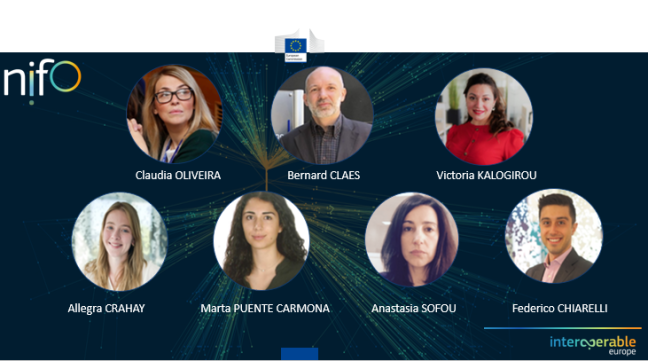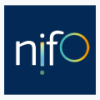A webinar on the European Interoperability Framework and its Monitoring Mechanism was held on Friday March 3rd, 2023, with more than 70 participants from different EU Member States, various European institutions, and from other countries.
The webinar targeted those interested in NIFO's work, particularly public sector employees involved in DESI, eGovernment Benchmark, NIFO, and Berlin Declaration.
The objective of this event was:
- To showcase various aspects and tools related to NIFO and its contribution to the EIF implementation;
- To illustrate a common model for observatories, allowing for comparisons of methodologies, mandates, and data collection;
- To gather input from participants that would be used to create a serialisation of the model in the future.
The first part of the webinar focused on a brief presentation of the National Interoperability Framework Observatory (NIFO) & its EIF Monitoring Mechanism.
The webinar presented NIFO and its main activities and showcased how it can support EU countries enhancing public services through the EIF monitoring mechanism, and its new cross-border scoreboard. The webinar also presented the results of the 2021 edition of the EIF monitoring mechanism at European level. A dashboard with detailed data from all European countries falling under the scope of the EIF is available here.
The next part was dedicated to the LIVE DEMO of the EIF Online Assistant tool.
This interactive tool has abundant resources for Member States to align their national interoperability framework (NIF) with the European framework (EIF) was showcased. The online assistant aims to enhance the user experience of the EIF toolbox and offers a wide range of tools and solutions to achieve interoperability. Following the demonstration, participants said that they found the tool very useful.

The last part of the presentation illustrated the ongoing work on the Conceptual model for ontology describing different observatories at metadata level in order to design and compare them.
The webinar discussed the importance of digital transformation in the EU and the need to harmonise monitoring observatories for effective information exchange. The study developed by DIGIT B2-Interoperability Unit, with the support of the JRC, presented a conceptual model that identified common entities and concepts shared among different observatories, serving as a starting point for further analysis and comparison.
Finally, the webinar was closed with a Q&A session.
A dynamic discussion helped us collect relevant feedback on the European Interoperability Framework and its Monitoring Mechanism, including the EIF Online Assistant and the conceptual model for ontology. Participants found the tools highly beneficial and were curious about their potential applications, such as displaying innovation KPIs, identifying use cases for EC governance, and creating a common register of digital policies indicators. Additionally, participants emphasised the importance of standards adoption for achieving interoperability and appreciated the aim of creating a generic model to accommodate new needs, policies, and KPIs.


